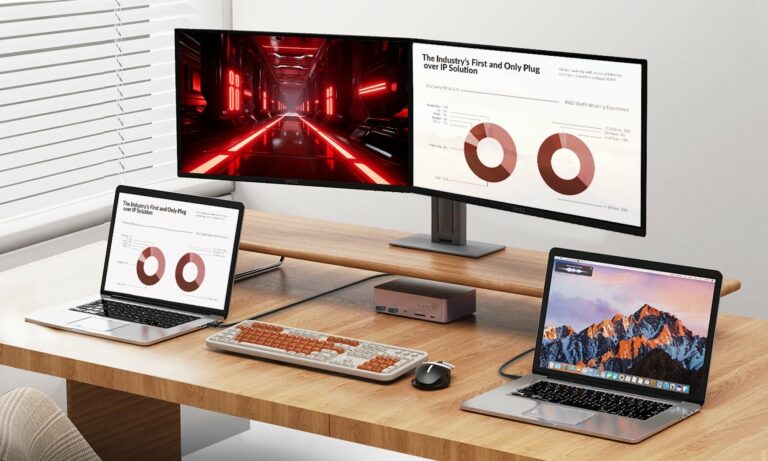Is your business software saving you money? Here’s how to tell
Want to know if your business tech investments are paying off? Determining your ROI is a simple way to see whether you're saving money.

Many business owners purchase new software and other technologies because they see it as an investment. They spend money and expect to see a certain amount of value in return. But how can you be absolutely sure that your technology is saving you money or helping you generate a return on your investment? In other words, how can you tell if your business management software is worth it?
The Promise of Technology

When utilized properly, new technologies can save you money in countless ways. For example, some platforms are designed to streamline functionality to reduce errors and inefficiencies, thereby boosting productivity and cutting losses. Other platforms automate or eliminate manual tasks, reducing labor costs and expediting delivery in the process. Still others are explicitly created to identify areas of waste, so they can be eliminated or properly controlled.
The list goes on and on.
Obviously, software developers are incentivized to pitch their new platforms as being inherently advantageous for businesses. Saving money is typically near the top of the list since it has the potential to justify whatever you’re paying for the software. If a piece of software can prove that it can save you $10,000 a year, you won’t mind paying $5,000 a year to continue operating it. In fact, the decision becomes a no-brainer.
But the reality is not all business management software can save you as much money as they claim. And on top of that, not all software platforms are capable of saving you the same amount of money. If you want to make smarter software decisions, it’s important to discern the technologies most likely to save your business money in the long term.
The ROI Equation

Return on investment, or ROI, is the most important equation we have for determining the financial viability of a piece of technology. ROI is a concept studied in investing, marketing, and countless other fields, but it works perfectly well in this context as well.
Essentially, ROI determines how much value your software is generating for your organization, compared to how much it’s costing you. There are two sides to the equation: expenses and return.
Speaking broadly, the return side of the equation is about how much value the software or technology brings to your organization. Sometimes, this means adding new value to your organization, such as allowing you to produce new products or make your customers happier by expediting service. But just as important, we must consider how much time, money, and effort your technology saves you.
The expense side of the equation is simpler and easier to calculate. It simply represents the costs you expend to continue using this technology. Oftentimes, this means paying a subscription for software as a service. It could also include paying for licensing. But there are also some invisible costs that you’ll need to keep in mind as well; for example, does it take you several hours to train people to use this platform? If so, that’s a cost you’ll need to keep in mind.
So let’s dig in and figure out how we can use an ROI equation to determine whether your tech is genuinely saving your company money.
Identify Areas of Cost Savings

Start by identifying areas of cost savings. There are several categories of cost savings that you can consider here, including:
- Direct cost savings. Are there any expenses that this technology eliminates? For example, were you able to replace some human workers with this business managment software, directly saving labor costs? Are you able to fully automate something that you could never automate before? Does this allow you to completely circumvent another product or service you were using? Factor all these savings into your equation.
- Time savings. You’ll also need to think about time savings. If this technology allows people to work faster, more productively, and more efficiently, that’s clearly a benefit. But how much of a benefit is it? How much money are you saving in this regard?
- Opportunities to identify waste. All businesses have to deal with waste. This includes physical waste, time waste, and even wasted money. If your technology provides new opportunities to identify and eliminate waste, you should factor them into your ROI equation.
Evaluate New Costs

Next, you’ll need to evaluate any new costs introduced by this technology. Some of these costs will be obvious, such as the subscription fee you pay to continue using the software. However, you’ll also need to consider more insidious costs, like extra time needed to train people.
Is It Enough?
Once you crunch the numbers, you should be able to tell definitively whether your business management software is worth the investment. It’s also a good opportunity to explore competing options, as you might be able to push the ROI equation more in your favor.















